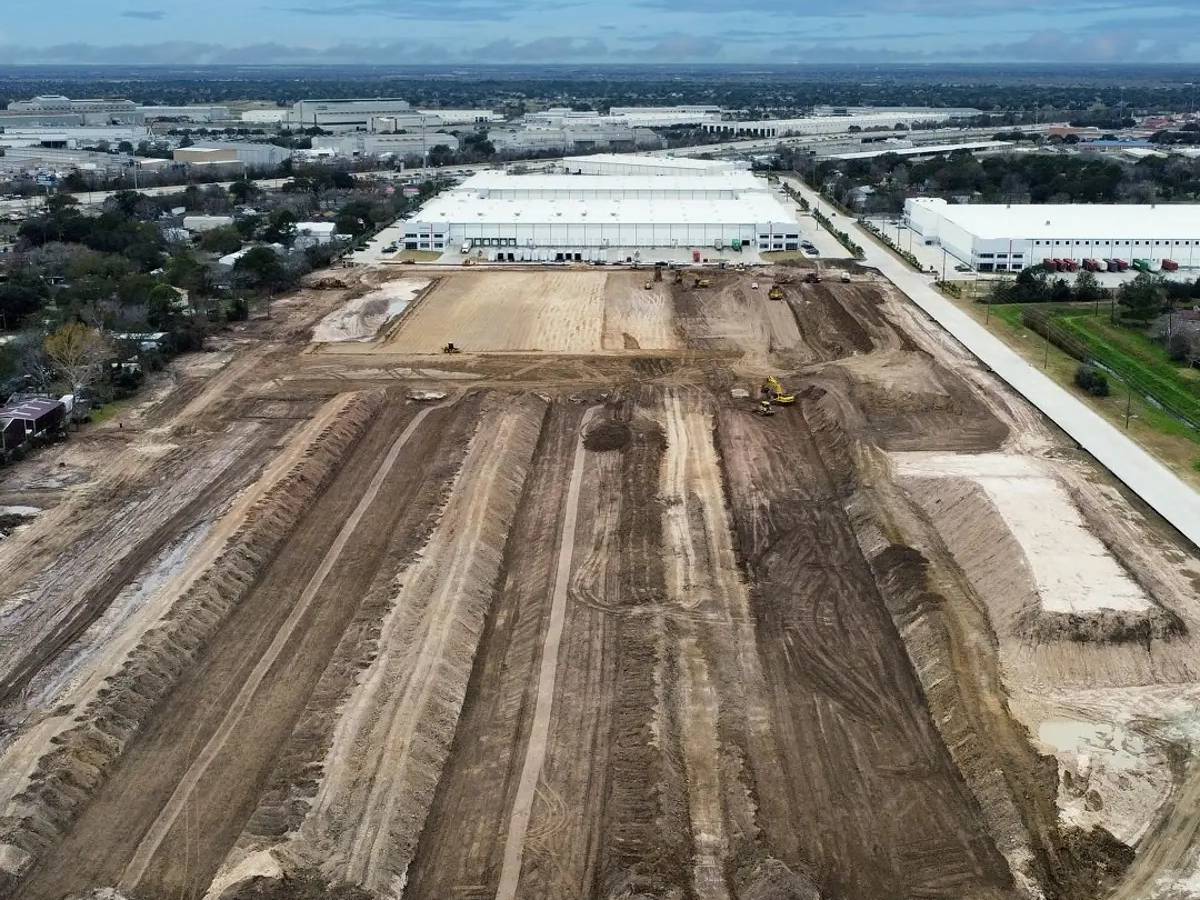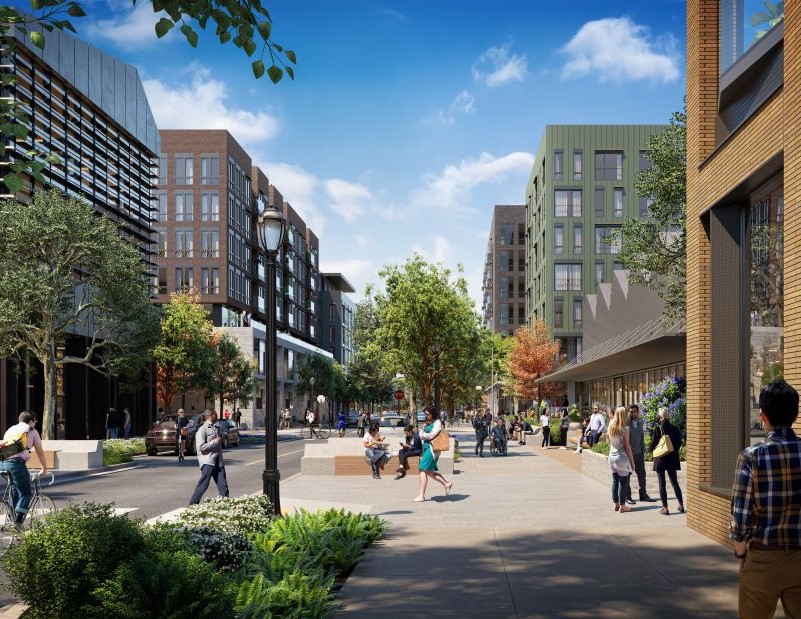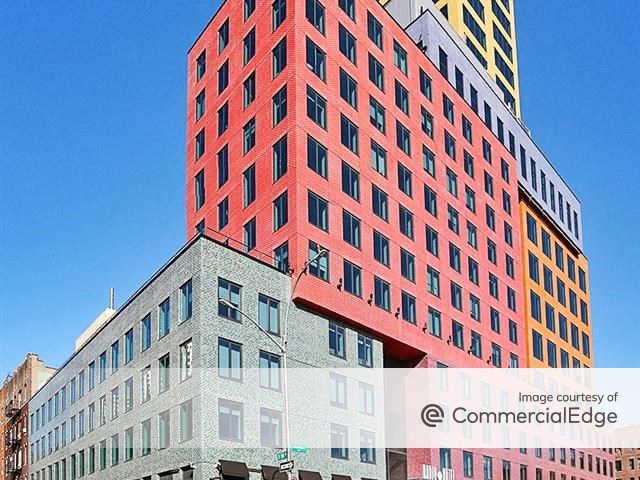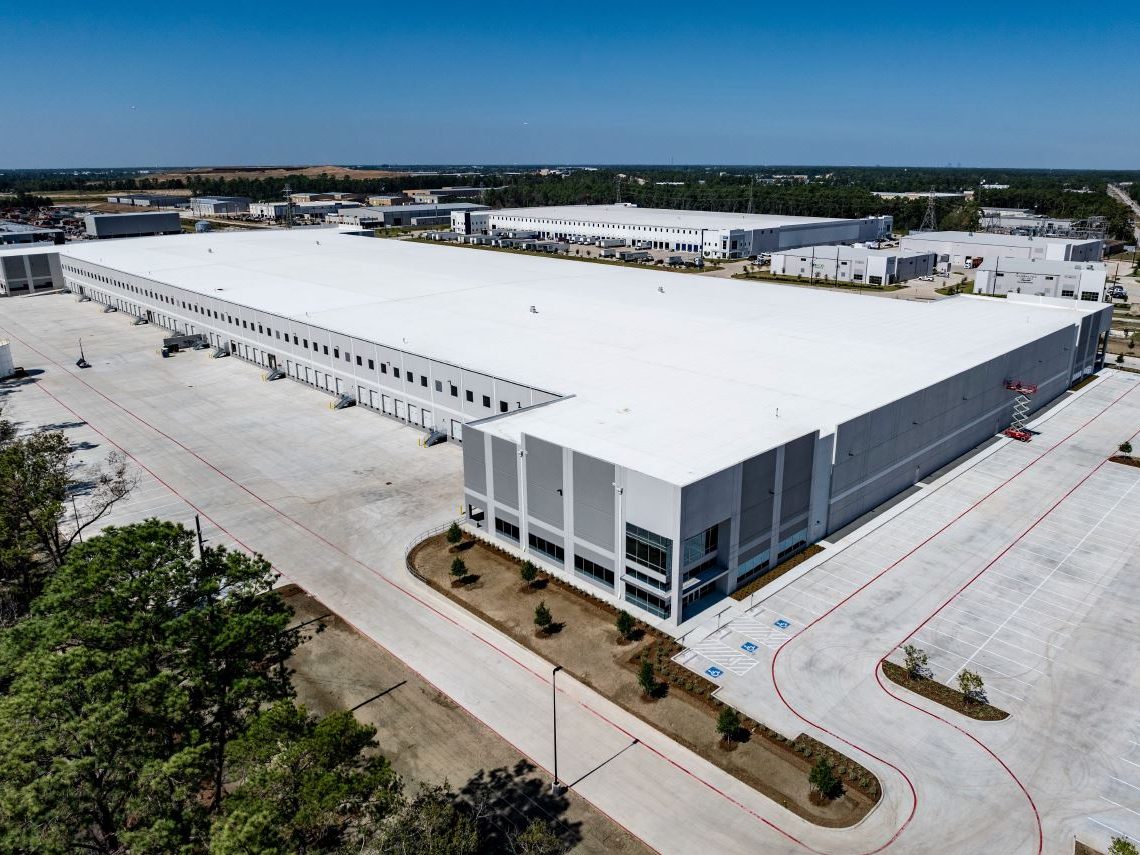What Defines the Best CRE Investments Today?
And how new policies could affect asset performance, according to Integra Realty Resources’ latest report.
Fluctuating interest rates, evolving investment strategies and shifting demand across asset classes are prominent in today’s commercial real estate landscape, according to Integra Realty Resources’ latest annual trends report.
In the Viewpoint 2025 survey, IRR shared viewpoints from its nearly 600 valuation advisors across the U.S. and the Caribbean.
“In this market, fundamental value isn’t about speculation but real cash flow, strong locations and realistic tenant demand,” Anthony Graziano, CEO of IRR, told Commercial Property Executive.
Investors need to rely less on the cost of money and more on effective management to maximize operations by focusing on sustainable rent levels and assets with lasting economic function, Graziano advised.
“Long-term value lies in markets with strong job growth, economic drivers and favorable migration trends,” he said. “Fundamental value is not a definition—it is a recognition that investors need to get back to basics and study fundamental drivers that create long-term value.”
In the meantime, private investors have shifted capital allocations to alternatives such as senior housing, self storage, build-to-rent single-family and data centers.
Create a lasting impact
Graziano said the best real estate investments go beyond returns—they create lasting impact.
“Today’s most successful projects are mixed-use developments that integrate housing, retail and community spaces, especially in high-growth metros,” he said. “Developers are embracing adaptive reuse, transforming vacant malls, offices and hotels into vibrant mixed-income housing and health-care facilities, addressing market demand and community needs.”
Graziano pointed out that projects such as Nashville Yards and Richmond’s Diamond District showcase this transformation, seamlessly blending commercial space with housing, entertainment and public gathering areas.
READ ALSO: Which Asset Classes Stole the Spotlight in 2024?
Additionally, four developers are proposing a redevelopment of Boca Raton City Center in Boca Raton, Fla., incorporating these principles.
“These developments demonstrate that reimagining underutilized spaces isn’t just good urban planning; it’s a blueprint for sustainable, community-driven growth,” he added.
Trump policy points to ‘America’ first
As an over-arching theme, national economic policy action can have impacts (intended and unintended) on the economy, which nearly always affects the direction of real estate values, Graziano said.
“President Trump’s general thesis has always been clear: America First, which will generally be good for real estate and real estate investment in growth. He’s an expansionary president who focuses on investing in America’s economic strength, and disinvesting in activities that do not tie to American growth.”
The challenge on the real estate front will be balancing the America First growth focus with potential dislocations associated with abandoning prior administration policy, Graziano warned. Some examples include stated reductions in the federal workforce through DOGE, cuts to major programs that could have industry-specific impacts and significant divestiture of federal assets (land, buildings, leases, etc.).
Office determinant on federal workers
For the first time in years, Graziano said he is seeing a real policy push that could bring federal workers back to the office.
READ ALSO: Trump’s Gift to the Office Market
“If private employers follow the lead, it could finally stabilize the sector, especially for well-located Class A buildings,” he said. “Not every office building will make a comeback. Older Class B and C buildings continue to face an uphill battle, and many must be repurposed to stay viable. This is especially true of aging government buildings.”
Industrial shifts to domestic
Graziano said industrial remains the strongest asset class, but after years of rapid expansion, it’s shifting into a more measured growth phase.
He added there’s been a shift toward domestic production following the post-Covid reshoring trends.
“As President Trump implements the threatened tariffs and provides reshoring incentives, the industrial sector could see another wave of demand—especially in border states and major logistics hubs,” he said.
Labor shortages and high development costs remain real barriers, Graziano cautioned. Even with strong demand, constructing the next generation of industrial facilities won’t be easy or cheap, he anticipates. Port cities could see a fall-off in container throughput as imports directly correlate with port industrial demand.
Retail relies on confidence
Retail’s success is tied to consumer confidence.
“If President Trump’s tax policies put more money in people’s pockets, we could see a boost in spending—especially in restaurants, entertainment and service-based retail,” according to Graziano. “But there’s a flip side: if trade policies make imports more expensive, big-box stores and fast fashion retailers could take a hit if there is a consumer backlash on pricing.”
Graziano anticipates that this will also appear in the inflation stats, which could impact the Fed funds’ rate policy. “Expect strong performance from grocery-anchored centers and necessity-driven retail, which tend to weather economic volatility better than most.”
Multifamily remains steady
Multifamily has been one of the steadiest asset classes, but policy shifts could shake things up, according to Graziano.
“Multifamily is stabilizing, though affordability concerns are keeping investors cautious,” he said. “Some pockets of multifamily distress have been building in markets with high inventory deliveries.”
If President Trump extends tax cuts or eases regulations, more investment could flow into new development, Graziano anticipated.
But immigration policies and potential rent controls in some states could impact demand and operating costs. According to Graziano, housing is also a significant component of inflation statistics, so there will be competing interests to keep rent and housing growth strong, but not too strong, which will undermine inflation protections. “Investors must stay flexible and focus on markets with strong job growth and steady population gains to mitigate risks,” Graziano cautioned.








You must be logged in to post a comment.